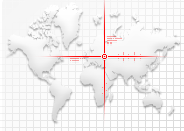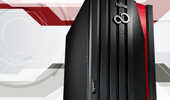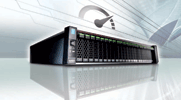Archived content
NOTE: this is an archived page and the content is likely to be out of date.
Copy-back and copy-back-less operation
After the failed dis kas been replaced with a new disk, data on the hot-spare disk is retrieved (copied back) to the new disk. The copy-back function restores the RAID group while maintaining redundancy after the rebuild has been performed for the hot-spare in the RAID group.
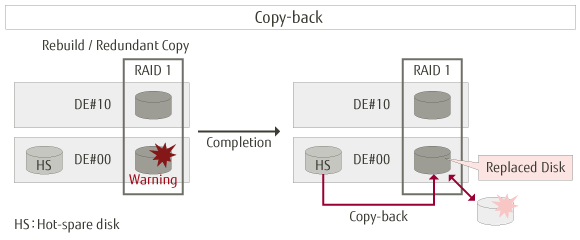
Copy-back-less function is a feature which builds hot-spare disks into a RAID configuration after the completion of rebuild or redundant copy and the internal RAID configuration of the failed disk is changed to hot-spare disk. Immediately after maintenance and replacement, it can start working as a hot-spare disk. This feature means that the copy-back process is no longer required.
Note: Copy-back-less function is featured by ETERNUS DX S3 series and ETERNUS DX200F only.
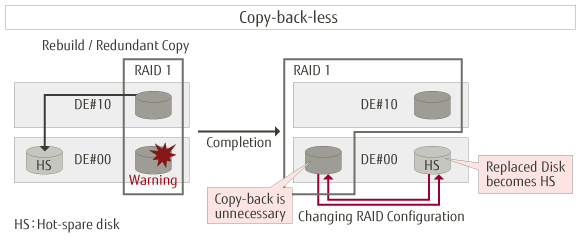
Example:
Rebuild: 4 hours, copy-back: 4 hours, disk replacement: 0.5 hours| Working time for replacement of disk | Time until HS becomes available | |
|---|---|---|
| Copy-back | Max 8.5 hours
(Rebuild + Replacing Disk + Copyback) |
8.5 hours
(Rebuild + Replacing Disk + Copyback) |
| Copy-back-less | Max 4.5 hours
(Rebuild + Replacing Disk) |
4.5 hours
(Rebuild + Replacing Disk) |
The administrator can choose between copy-back and copy-back-less operation via the GUI. (Only for ETERNUS DX S3 series and ETERNUS DX200F.)
Benefit
- Disk replacement time is drastically reduced
- RAID availability is improved as the hot-spare dontime is reduced
- I/O performance degradation during the copy-back process can be avoided
Product Requirements
| Supported Storage | Disk Storage Systems | ETERNUS DX60 S3
ETERNUS DX100 S3/DX200 S3 ETERNUS DX500 S3/DX600 S3 ETERNUS DX8700 S3/DX8900 S3 ETERNUS DX60/DX60 S2 ETRENUS DX80/DX80 S2 ETERNUS DX90/DX90 S2 ETERNUS DX400/DX400 S2 series ETERNUS DX8000 series/DX8700 S2 ETERNUS2000/ETERNUS4000/ETERNUS8000 |
|---|---|---|
| All-Flash Arrays | ETERNUS DX200F |

